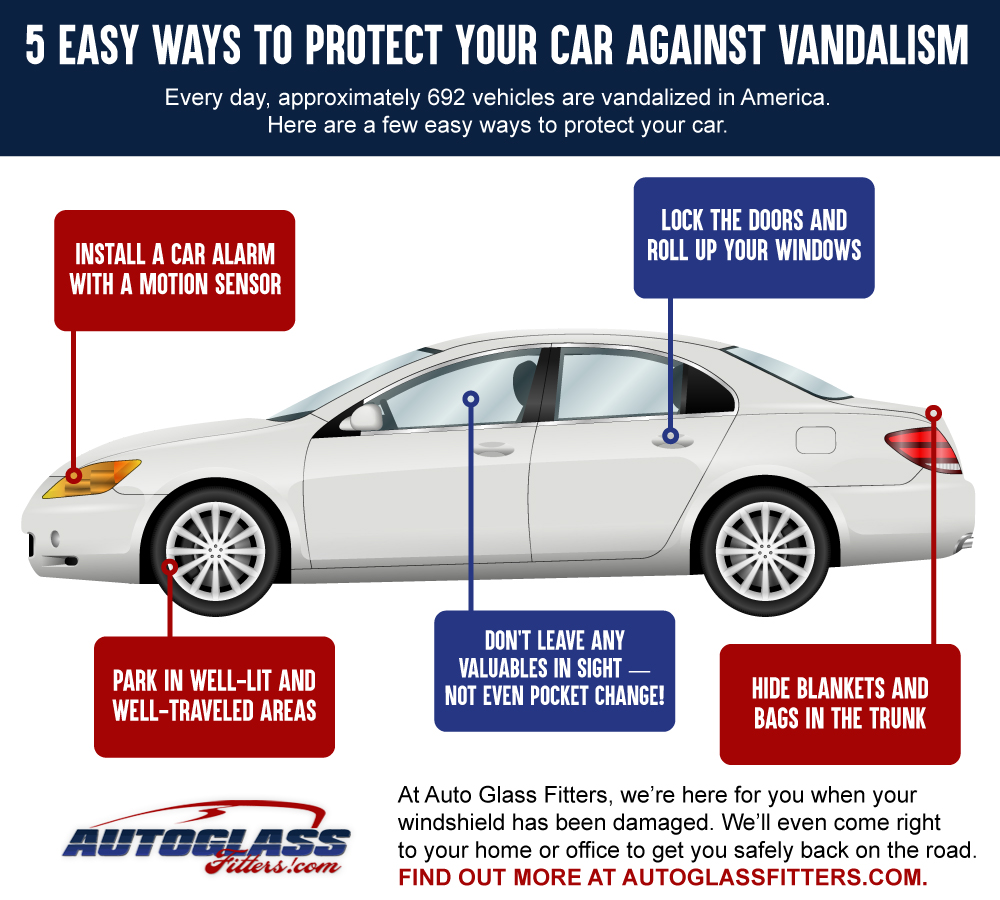The Most Reliable Stress Washing Practices For Every Surface Group
The Most Reliable Stress Washing Practices For Every Surface Group
Blog Article
Post Writer-Lassen Mosley
When it pertains to press washing, the strategy you choose can make all the difference in accomplishing a clean, streak-free surface. You could discover that difficult surfaces, like concrete, need a different strategy than softer materials, such as wood or vinyl. It's essential to adjust your techniques to the surface type to avoid damage while optimizing cleansing efficiency. So, what are the very best techniques for every surface area, and exactly how can you ensure you're utilizing the right settings and tools for the work? Let's explore what best window cleaning require to recognize to obtain the most effective results.
Tough Surfaces
When it concerns press cleaning difficult surfaces, prep work is key. Prior to you even think of pulling out the pressure washer, put in the time to remove the location of any kind of debris, furniture, or barriers. You do not want anything getting in your means or potentially harmful your devices.
Next, evaluate gutter cleaning denver for any kind of fractures or damage; this will certainly assist you establish the ideal strategy and stress settings.
As soon as you've prepared the area, it's necessary to choose the appropriate nozzle. For tough surface areas like concrete or block, a narrow nozzle (15 or 25 degrees) works best to give a concentrated stream of water that can effectively remove crud and spots. Always begin at a distance and slowly move more detailed to prevent any surface damages.
As you begin washing, keep the stick relocating to prevent touches and over-saturation. It's also valuable to function from the top down, enabling dust and particles to remove naturally.
Finally, bear in mind to wash the surface area thoroughly after cleansing to remove any type of remaining cleaning agent. With these methods, you'll attain a tidy and rejuvenated look on all your difficult surfaces.
Soft Surfaces
Pressure washing soft surface areas needs a gentler strategy to safeguard them from damage. Whether you're cleansing your deck, patio furniture, or exterior siding, utilizing excessive pressure can bring about damages, scrapes, and even permanent damage.
Start by picking a low-pressure nozzle, preferably a 25-degree or wider spray pattern, to spread the water a lot more gently.
Before you start, it's essential to pre-treat any kind of stains with an appropriate cleansing option. This action enables the cleaner to penetrate the dust and crud, making it easier to get rid of without rubbing too hard.
Constantly apply the solution from all-time low as much as avoid streaking.
When you begin stress washing, keep a distance of at least 12 to 18 inches from the surface. Move service pro in a sweeping motion, keeping it alongside the surface area to avoid concentrated pressure on one place.
Rinse the location completely after cleansing to get rid of any kind of recurring cleanser.
Lastly, inspect the surface area for any missed areas and repeat the process if required. By adhering to these steps, you can effectively clean soft surfaces while protecting their integrity and appearance.
Specialized Surfaces
Cleansing soft surfaces requires treatment, however specialized surface areas require even more focus to information. When you tackle these surface areas, like fragile timber, stained concrete, or particular kinds of house siding, using the best stress washing techniques is essential to avoid damage.
Initially, evaluate the product. For https://www.buzzfeed.com/amandadavis3/do-yourself-a-favor-and-check-out-these-cleaning-products , treated wood can frequently stand up to modest stress, yet softer timbers like cedar might call for a lower setting. Constantly start with the lowest stress and gradually increase if necessary.
For stained concrete, utilize a fan spray nozzle and preserve a constant distance to prevent etching the surface.
When managing surfaces like plastic exterior siding or repainted surfaces, a vast spray pattern helps distribute the stress equally, shielding the surface.
It's additionally wise to utilize detergents particularly made for specialized surfaces. They can improve cleansing without jeopardizing the material.
Rinse completely after cleaning to remove any residue, as it can result in staining or wear and tear with time.
Final thought
Finally, understanding stress cleaning methods for different surfaces can make all the difference in your cleaning outcomes. For difficult surface areas, stay with slim nozzles and a top-to-bottom method, while soft surfaces require a gentler touch with wider nozzles. Don't neglect to pre-treat spots and wash extensively to stay clear of deposit. By adjusting your techniques to each product, you'll not only accomplish a cleaner coating yet also secure the stability of your surfaces. Delighted cleaning!
